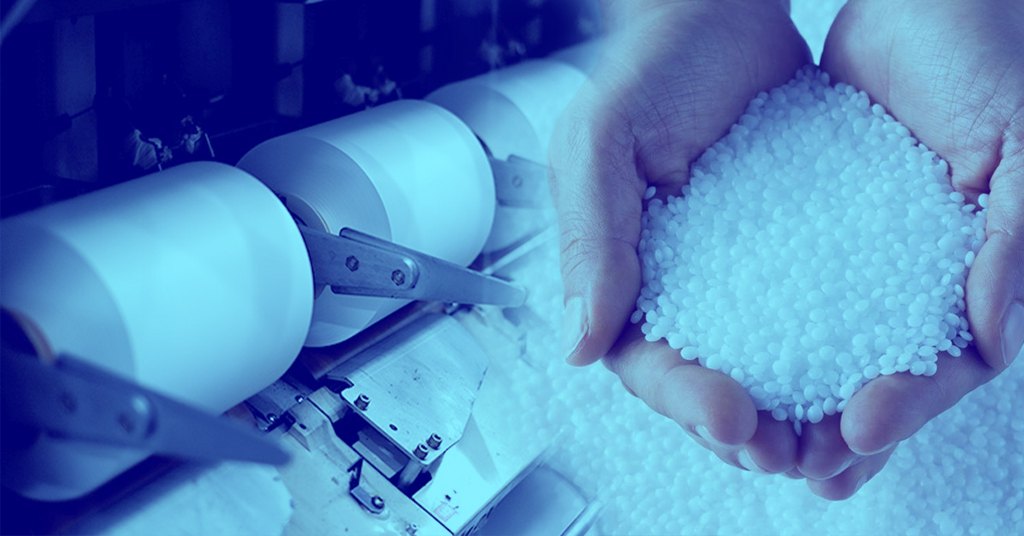Welcome To ChemAnalyst

The week ending December 9 saw a notable increase in the average capacity utilization at China's acrylonitrile butadiene styrene (ABS) plants, reaching 8.74%. This marks a 2% rise compared to the average ABS production load recorded on December 8. Contrastingly, the preceding week reported a lower average plant utilization rate of 72.9%.
It's worth highlighting the recovery and surpassing of production figures in the Russian ABS plastics sector for 2023. After a decline in 2022, Russian ABS production rebounded and exceeded the 2021 figures, reaching a substantial volume of 22 thousand tons.
South Korea emerged as a major contributor, constituting 56% (12.5 thousand tons) of the imports during this timeframe, up from 54% (10.6 thousand tons) in the same period in 2022. Following closely are imports from China, representing 30% (6.6 thousand tons) in the January-to-August 2023 period. Taiwan contributed 13% (3 thousand tons) to the total imports during this timeframe.
The observed increase in China's ABS production capacity utilization underscores a positive trajectory in the domestic ABS sector. This rise may be attributed to various factors such as increased demand, operational efficiency improvements, or other market dynamics.
Comparing this week's utilization rate with the preceding week's lower figure highlights the dynamic nature of ABS production and its responsiveness to market conditions. The ABS industry's ability to adapt and adjust utilization rates in a short time frame reflects its resilience and ability to align with changing demand and supply patterns.
Turning attention to the global ABS landscape, the recovery in Russian ABS production is a noteworthy development, signifying a rebound from the challenges faced in 2022. Surpassing 2021 figures indicates a resilient industry that has overcome setbacks and is on a trajectory of growth.
In terms of ABS imports into Russia, the double-digit increase in the first eight months of 2023 is indicative of sustained demand. South Korea's predominant role in supplying ABS to Russia emphasizes the significance of international trade dynamics and the strategic partnerships between countries in the ABS market. China's notable contribution and Taiwan's presence further diversify the sources of ABS imports, ensuring a robust and competitive market landscape.
The rise in China's ABS production capacity utilization is a positive indicator for the domestic industry. The flexibility and adaptability demonstrated by the ABS sector in adjusting utilization rates showcase its resilience and responsiveness to market dynamics. Furthermore, the recovery in Russian ABS production and the increase in ABS imports into Russia underscore the global nature of the ABS market, with key players contributing to its growth and stability. These developments highlight the interconnectedness of regional ABS markets and the importance of strategic trade relationships in shaping the industry's trajectory.
We use cookies to deliver the best possible experience on our website. To learn more, visit our Privacy Policy. By continuing to use this site or by closing this box, you consent to our use of cookies. More info.
